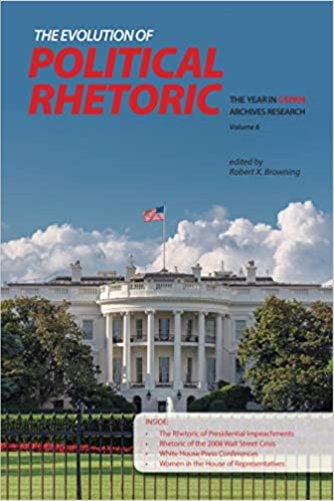Article in Southwestern Mass Communication Journal: "'Thoughtful, well-written and vital' or 'Outdated, sensational, and biased?' A Longitudinal Case Study of Changing Readership Patterns at the North Texas Daily'"
Co-authored by Newly Paul and Gwen Nisbett
Article in Popular Culture Studies Journal: "From Cybermen to the TARDIS: How the Robots of Doctor Who Portray a Nuanced View of Humans and Technology"
Co-authored by Newly Paul and Gwen Nisbett
Critics and fans have praised the 2000s reboot of the science fiction classic Doctor Who for its increasing use of social commentary and politically relevant narratives. The show features the adventures of the Doctor and his companions, who have historically been humans, other aliens, and occasionally robots. They travel through time and space on a spaceship called the TARDIS (which is shaped like a 1960s British police box). The show is meant for younger audiences, but the episodes involve political and social commentary on a range of issues, such as racism, sexism, war, degradation of the environment, and colonialism. The Doctor is an alien from Gallifrey and can (and does) regenerate into new versions of the Doctor. Scholars have commented extensively about the show in the context of gender and race, political messaging, transmedia storytelling, and fandom. In this project, we examine the portrayal of robots and labor, a topic that is underexplored in relation to this show.
Doctor Who makes for an interesting pop culture case study because, though the show has a huge global fan base, its heart remains in children's programming. The series originated in 1963 on the British Broadcasting Corporation (BBC) as a show for children that incorporates lessons related to courage, ingenuity, kindness, and other such qualities, which it continues to do to this day.
